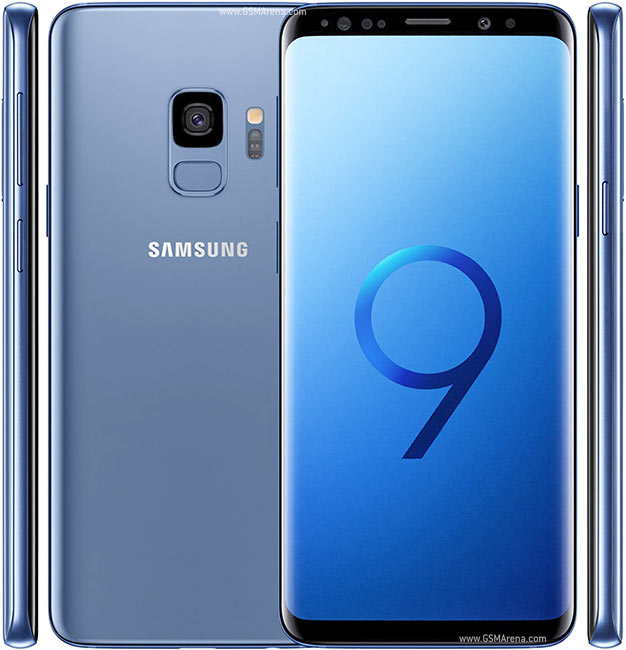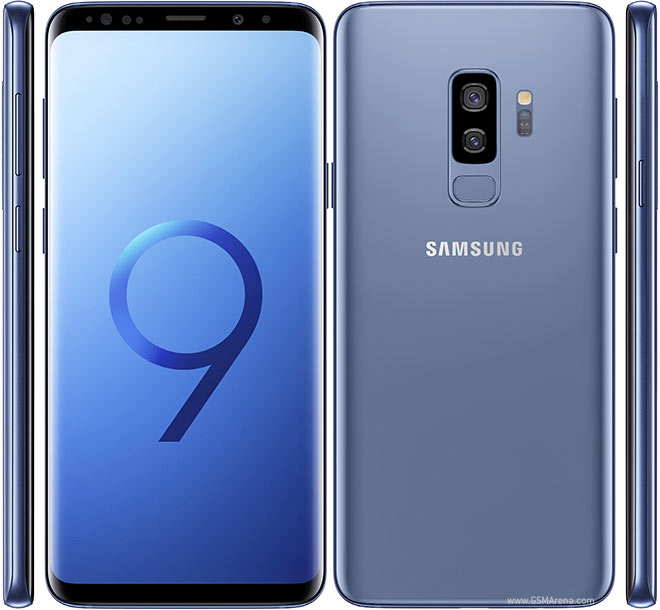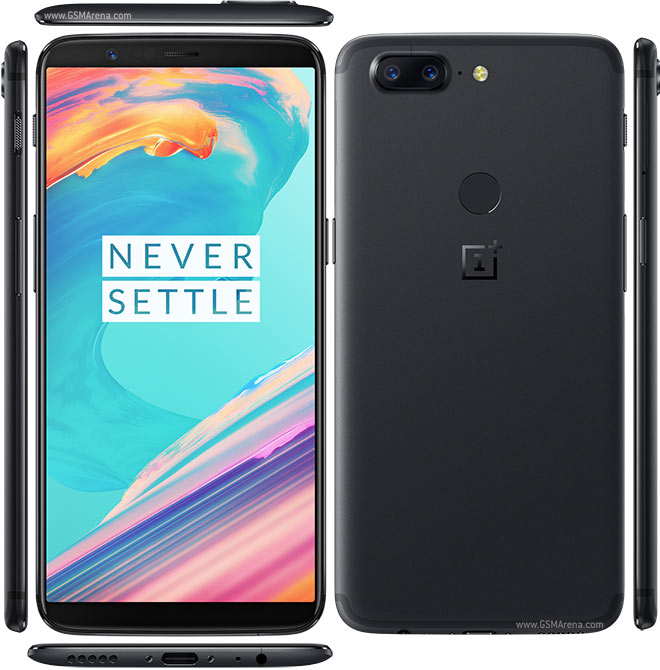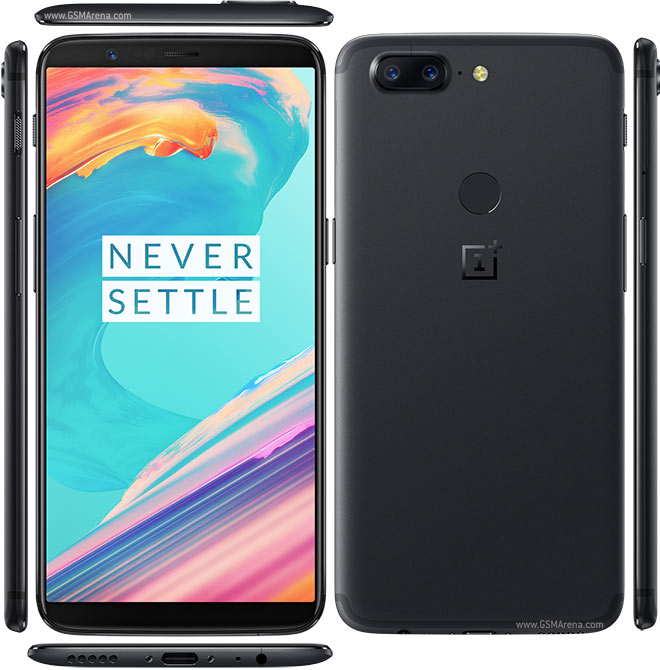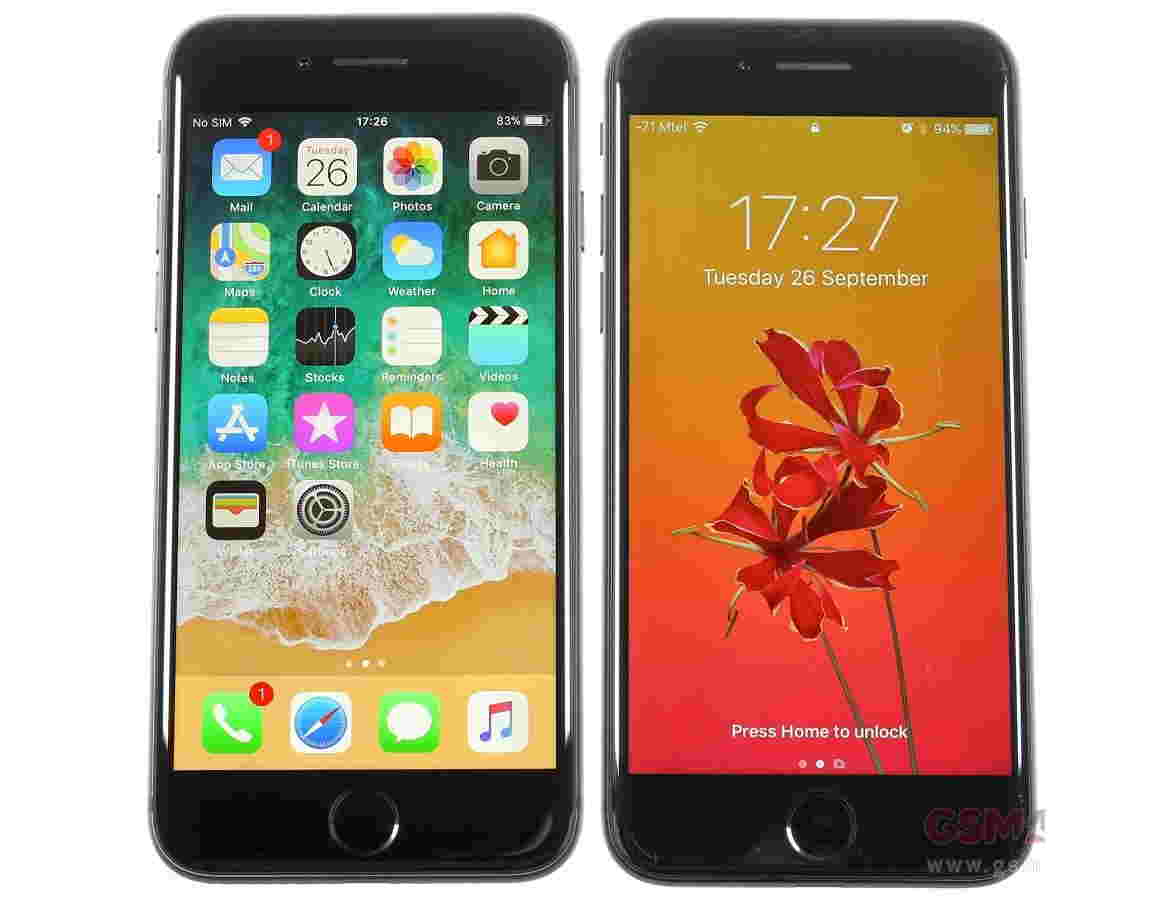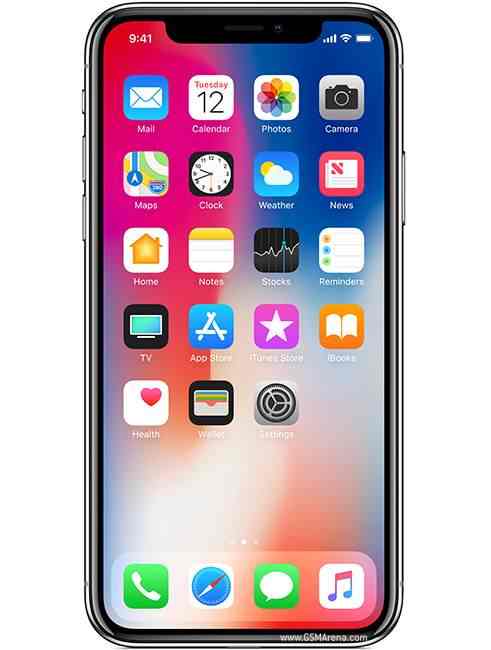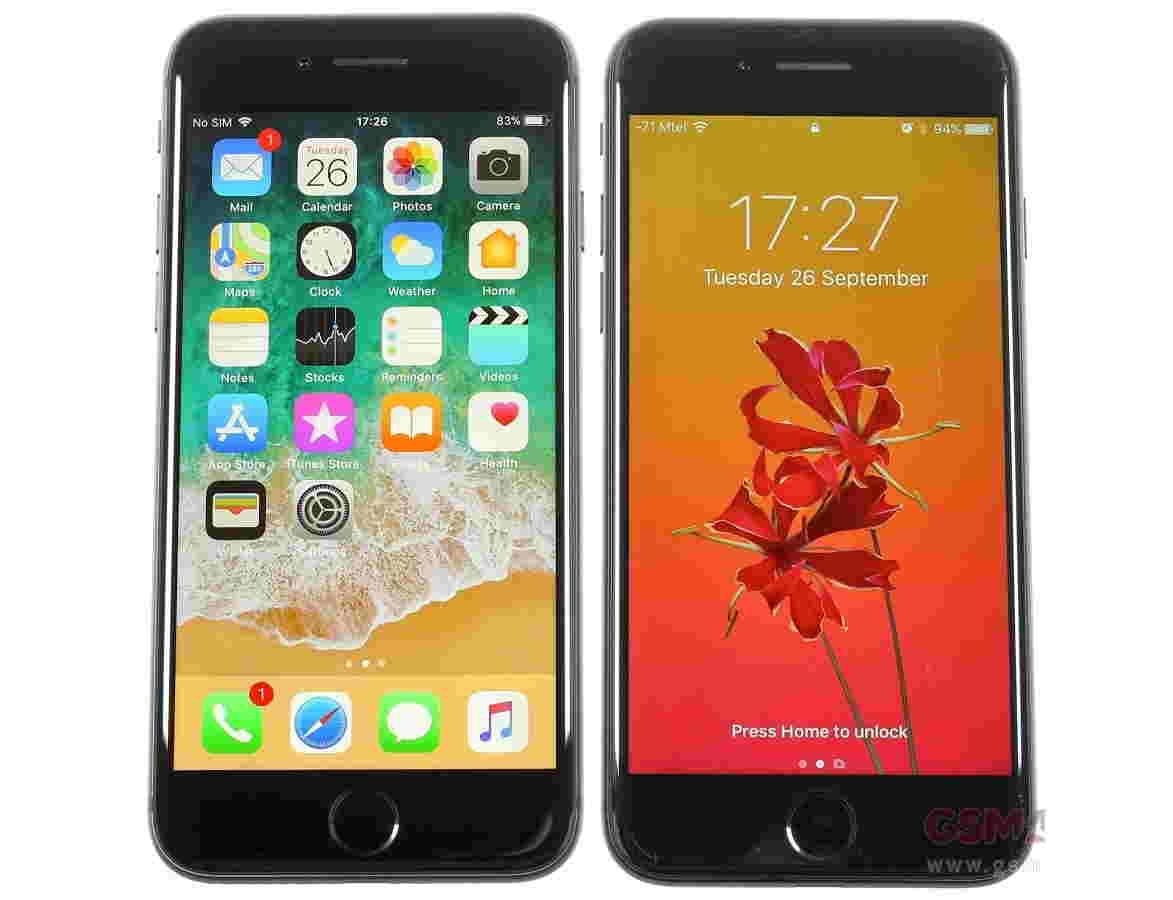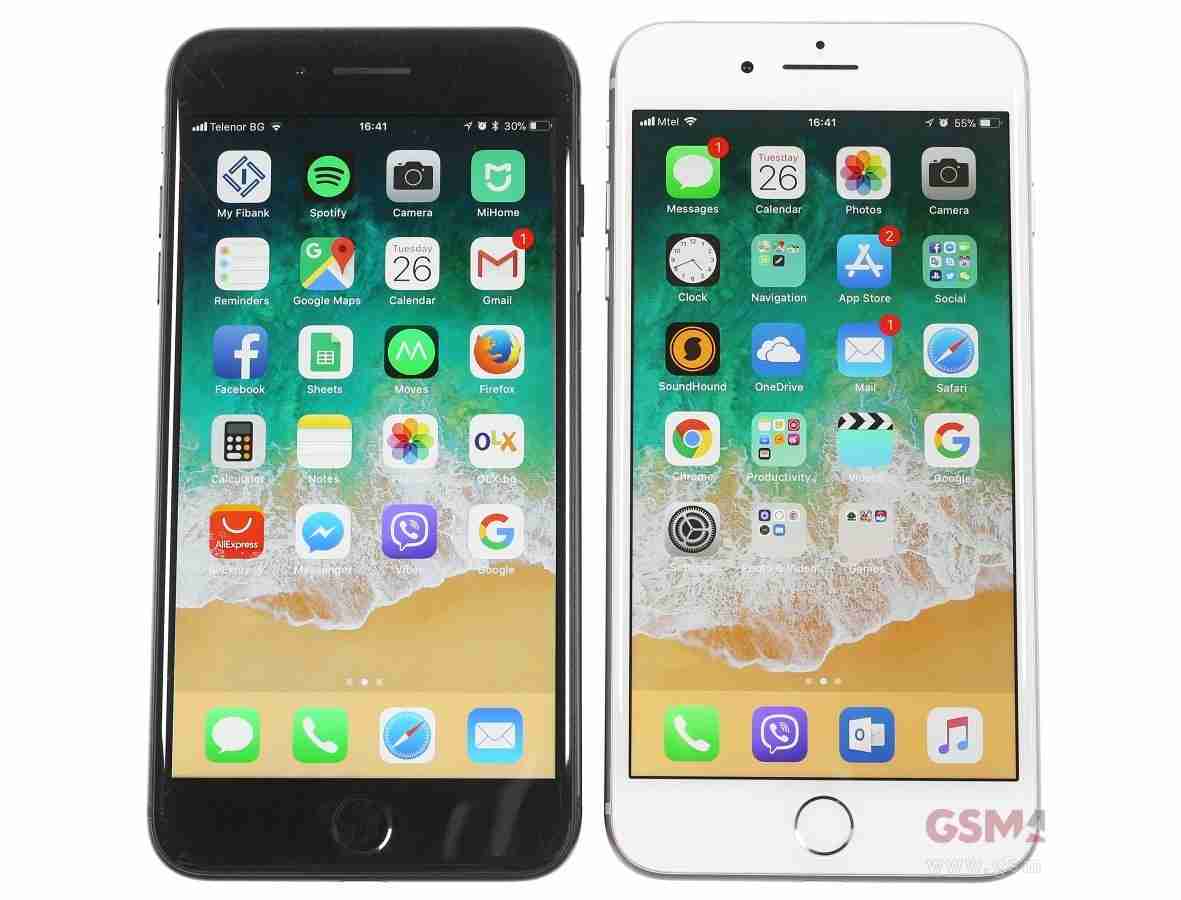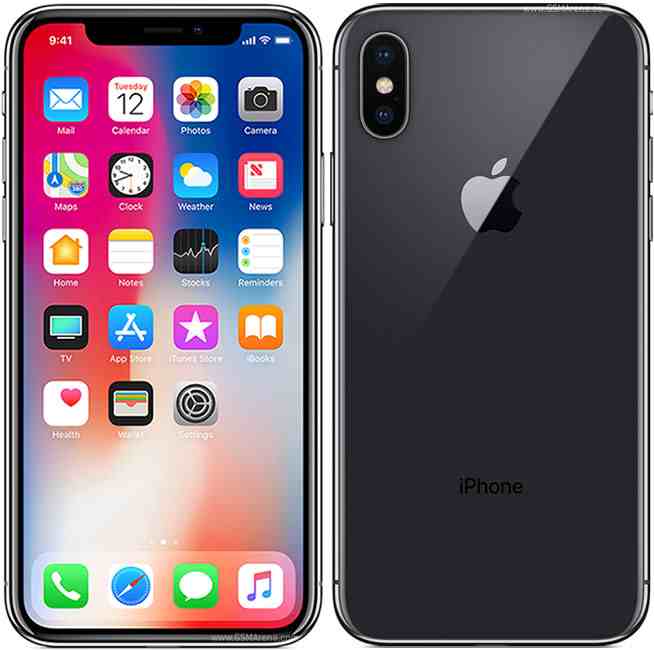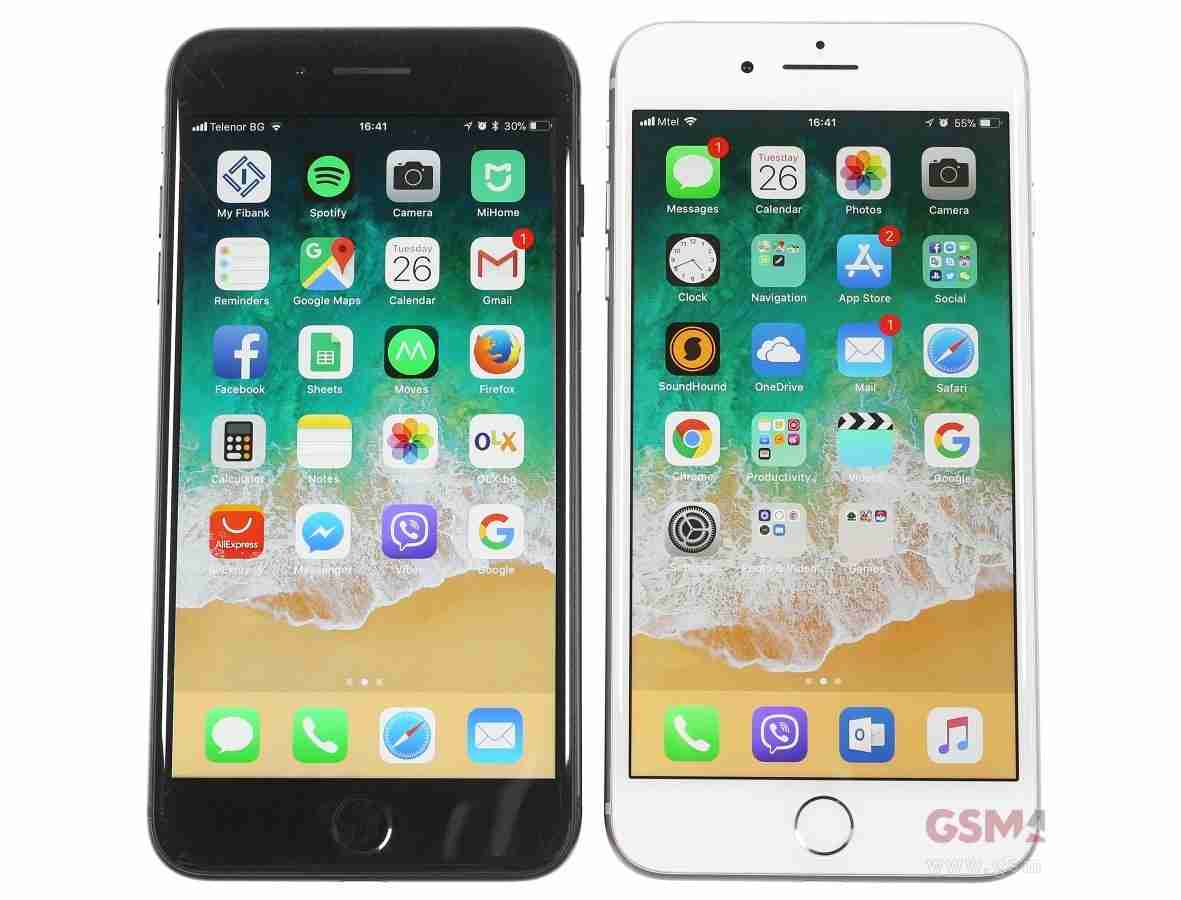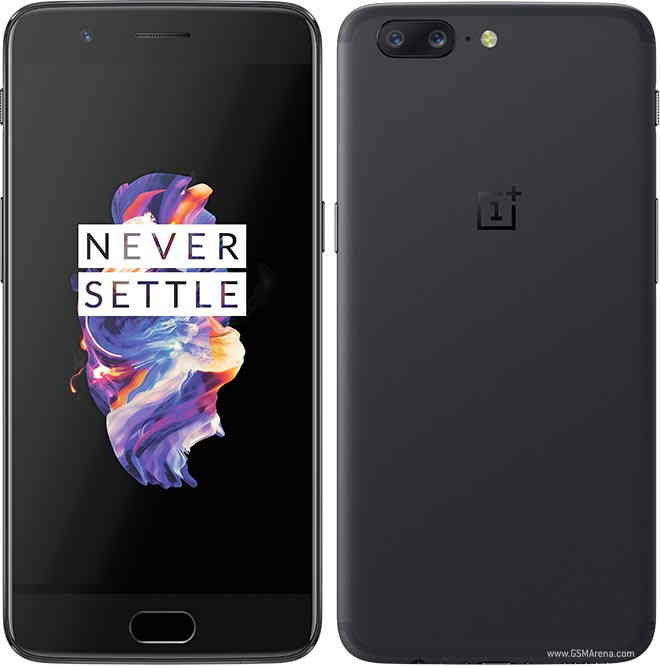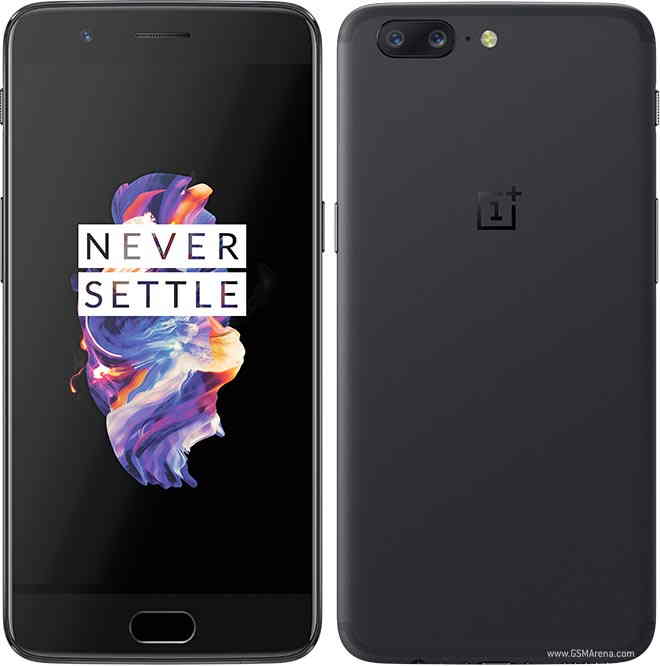
By 2020, nearly 50% of the U.S. workforce will be comprised of millennials, according to the US Bureau of Labor Statistics - and just five years after that the figure jumps to 75%.
The fact that millennials (those whose ages range from 18 to 29) are on track to comprise half of the workforce in the near-term is not lost on organizations seeking to attract and retain top talent, meet their needs cost-effectively, and fully maximize the productivity of these younger workers.
While tales from Silicon Valley startups tend to sensationalize our notion of what millennial workers want from their places of employment (video games in the break room, Razor scooters to zip down hallways, omelet stations, full-time baristas, etc.), CXOs and IT decision-makers confront a very real challenge: determining which policies, benefits, services, products and technologies will allow their organizations to meet and exceed the communications expectations of the millennial workforce and allow them to communicate and collaborate more effectively.
To fully tap into the immense potential these younger workers offer, there are four technology strategies to consider:
1. Deploy technologies that reflect how millennials work
CIOs and others responsible for evaluating and delivering technology to the workforce understand that it is shortsighted to fixate on a particular "flavor of the month" tablet or productivity tool that workers are clamoring for. Instead, organizations must first have a firm grasp of how millennials work, and deliver products and technologies that:
- Satisfy an insatiable need for information - Millennials want, and expect, immediate access to information through "connected" platforms or mobile devices, which includes: access to information across organizational barriers, quick access to communication with colleagues anywhere and at anytime, and the ability to collaborate, share information, and build on the ideas of others.
- Extend, rather than inhibit, mobility - Millennials expect to be able to connect anytime, anywhere, whether they want to access IM on their smartphone at lunch, video conferencing from a coffee shop or even from the couch on their tablet, or find the location and presence of their colleagues from their laptop.
- Leverage their early adopter mindset - Research has shown Millennials will be the first to test and implement new communications services in their daily work routines. Take advantage of Gen Y's technical creativity while imagining and integrating future IT deployments.
- Deliver unbounded flexibility - Millennials have a marked desire for flexibility and the freedom to work anywhere, on the go, and on a device rather than a desktop. Translation: don't wed them to a narrow range of devices and access requirements that restrict traditional movement, work hours and collaboration.
2. Recognize dual persona needs of millennials
According to the Forrester, 35% of US information workers at companies with 1,000+ employees indicated a willingness to help pay for mobile devices used for personal and professional purposes. This indicates, among other things, that today's workforce and the younger workers who comprise it place a premium on freedom of device choice – a premium they are willing to pay for.
Millennials represent an always-on, always-connected generation that brings its dynamic and diverse communications expectations to the office, which means that enterprises will need to plan for and manage the Bring Your Own Device (BYOD) workforce.
Accelerated BYOD adoption requires businesses to take a hard look at dual persona support for advanced communications services on personal or enterprise-provided devices. Through dual persona, employers will be able to separate business and personal voice and Unified Communications services (including business and personal contacts, call logs and chat sessions), while maintaining a secure environment on the device for business applications with data that is fully controllable by the enterprise.
Dual persona for Unified Communications (UC), in particular, provide users with secure access to all of their Unified Communications services, including voice and video calling, text messaging, IM & Presence, and corporate directories.
Dual Persona for UC enables users to seamlessly switch between their business and personal communication services on a single mobile device, with privacy and security. At the same time, dual persona enables enterprises to meet millennial demands for a single device for all communication services, as employees will have more freedom to access their services from the device of their choice.
3. Unify, rather than complicate, communications options
Enterprise decision-makers may be tempted to build a workforce communications strategy for millennials that is device or product-focused. It is difficult to project which devices, platforms and applications millennials will rely on six months from now, let alone six years from now.
New analysis from Frost & Sullivan bears this out. In its recently released report, "The Future of Mobile Devices from a Customer Perspective-United States and Europe," nearly three out of every four organizations are issuing corporate-owned laptops (74%) and smartphones (71%) to their workforces. It found tablets, on the other hand, are issued by only half (47%) the surveyed enterprises.
Despite this current data, it would be restrictive for enterprises to divert resources excessively in the direction of a smartphone device or platform. The Frost & Sullivan report also finds that by 2016, the use of smartphones is expected to decrease from the current levels of 66% to 58%, while tablets are expected to increase from 49% to 56%.
A more enduring approach to meeting the communications needs of the millennial workforce is to focus on unifying their communications by providing a single user experience for UC services (voice, video, instant messaging & presence, collaboration, etc.) that extends across all employer-provided and BYOD devices, platforms and networks.
In a Gartner global survey of CIOs, 38% of companies expect to stop providing devices to workers by 2016 and half of employers will require employees to supply their own device for work purposes by 2017, which means that the diversity of mobile devices that organizations need to support in the coming years will increase.
Unified Communications is, at its core, optimally suited for how millennials communicate, and enterprises that recognize the expectation of younger workers to access any or all of these UC services in real-time and in an integrated fashion are best positioned to improve enterprise-wide productivity.
4. Look at how millennials communicate, not only what they communicate with
Earlier this year, business school professors at Washington University in St. Louis conducted an experiment among 214 undergraduates that hypothesized standing up – as opposed to being seated – felt less constricted to produce more ideas, and showed more engagement with peers.
The results of the experiment do not mean that offices around the country will be putting all desk chairs up for bid on eBay tomorrow, but it does reinforce the fact that millennial workers will not necessarily be most productive in a sedentary position for ten hours a day.
Remaining focused on how millennials communicate will dictate the devices and applications that will empower them to collaborate and improve productivity. The need for mobility and solutions that allow for uninterrupted communications as they move may prove increasingly key to unlocking workforce productivity in the future.
For example, technology that enables a work to seamlessly transition from a desk phone call to a video chat on their iPad or messaging chat on a smartphone not only supports millennials as they work outside of the office, but inside the office as well as workers seek more flexibility to communicate on the move.
Recognizing this, businesses should evaluate technologies and tools that facilitate greater ideation among the workforce. This could mean adding interactive screens in common areas as opposed to the traditional placement of projector screens around a conference table or re-thinking the design of meeting rooms.
- Leslie Ferry is Vice President of Marketing at BroadSoft




